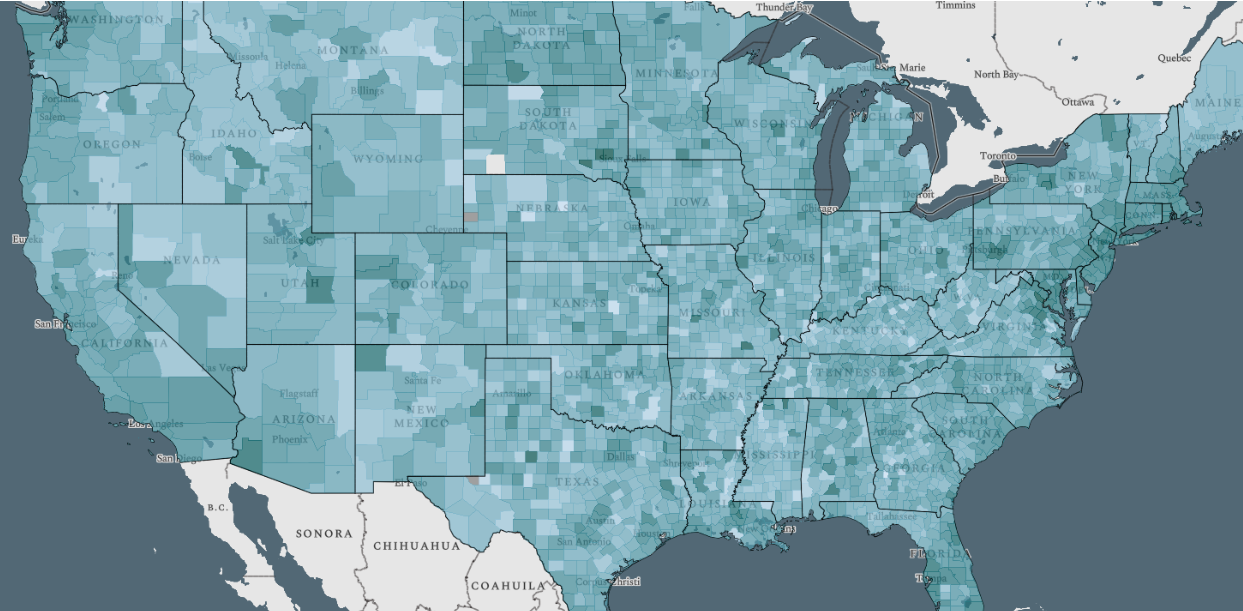OTI Debuts Broadband Mapping Tool

The Open Technology Institute has added to the broadband mapping conversation with its own interactive mapping tool.
The United States of Broadband (USBB) map, which it unveiled Wednesday (July 17), will combine carrier-reported data to the FCC (form 477) on where high-speed broadband is deployed with what it claims are "billions" of speed tests.
The FCC has proposed a new mapping approach to collecting broadband data, combined with a public vetting element. Meanwhile, there are various bills to address the deployment data gap as a way to better bridge the digital divide.
OTI blogged about the effort. "There are plenty of policy proposals aimed at improving broadband penetration, but policy decisions should be based on accurate data, and there is widespread confusion about the ground truth when it comes to the speeds customers are getting from their ISPs," it said. The new mapping tool "aims to help clear up that confusion."
If so, there will be many in the carrier, regulatory, activist, and legislative communities who will be celebrating.
The map uses tests that OTI bills as "more accurately measuring people's lived experience of the Internet." That is because it is using data from M-Lab, a testing arm spun off from OTI earlier this year, which "runs a global set of servers located in the same data centers where many internet backbone networks connect with each other," often where Netflix and Amazon keep their servers. The centers are often where large content carriers like "Netflix and Amazon keep their servers, it says. (Netflix has prominently argued that carriers slow their traffic, while carriers argue it is Netflix slowing the traffic to try and get them to install Netflix equipment.)
And OTI argues that measuring speeds at the fingertips, as it were, rather than the backbone, may not be the best gauge of that "lived" internet experience.
The smarter way to stay on top of broadcasting and cable industry. Sign up below
It says form 477 "only reports the maximum speed of a hypothetical connection from a house to the ISP’s own local network," which it says is useful but not the only way to measure broadband speeds. "Often, customers are much more interested in how fast their connection is to locations throughout the internet, where the most popular and vital everyday online platforms have their servers."
Contributing editor John Eggerton has been an editor and/or writer on media regulation, legislation and policy for over four decades, including covering the FCC, FTC, Congress, the major media trade associations, and the federal courts. In addition to Multichannel News and Broadcasting + Cable, his work has appeared in Radio World, TV Technology, TV Fax, This Week in Consumer Electronics, Variety and the Encyclopedia Britannica.

